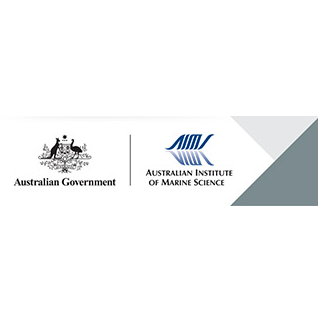Brief description
Change to coral communities along a gradient of increasing exposure to a mud-discharging river in the Enipein Catchment, Pohnpei, Micronesia were quantified by the two principal authors (PICRC) using video transects at 5 sites, each with 3 replicate stations. Site 1 was closest to the river mouth and Site 5 farthest away (just under 2 km).For each of 75 20 m transects, 200 sample points were generated by stopping the video every 2-3 s and identifying benthos under 5 fixed sample points on the screen (40 frames per transect). Cover was estimated for the benthos categories: abiotic substrata were recorded as carbonate (consolidated, including crustose coralline algae), mud (only used so thick no other substratum was visible), sand or rubble. Hard corals (scleractinia) were identified to the genus level where possible; corals in the Faviidae and Fungiidae were recorded to the family level; the three most abundant Porites taxa were recorded separately (massive Porites, Porites cylindrica, and Porites rus); unidentfied corals were grouped together - 24 species were identified. Other benthic groups recorded were: the calcareous green alga Halimeda, other macroalgae, soft corals, the calcareous hydrozoan Millepora, and sponges. To analyse in detail how, and at what scale, coral reef communities are affected by changes along a water quality gradient moving away from the mouth of a river in a small island setting.To contribute to understanding of coral reef communities and potential changes in response to increased terrestrial runoff. Corals identified: Acropora spp., Astreopora, Echinopora, Faviidae, Fungiidae, Galaxea, Goniopora, Hydnophora, massive Porites, Millepora, Montipora, Oxypora, Pachyseris spp., Pavona spp., Pectinia, Plerogyra, Pocillopora, Porites spp., Porites cylindrica, Porites foliose, Porites rus, Seriatopora, Stylophora, Symphyllia, Turbinaria spp.Lobophyllia, EchinophylliaLineage
Maintenance and Update Frequency: notPlannedNotes
CreditFabricius, Katharina E, Dr (Principal Investigator)
Modified: 22 06 2025
text: westlimit=134.3; southlimit=7.2; eastlimit=134.6; northlimit=7.4
Gradients in coral reef communities exposed to muddy river discharge in Pohnpei, Micronesia: Golbuu Y, Fabricius KE, Victor S and Richmond RH (2008) Gradients in coral reef communities exposed to muddy river discharge in Pohnpei, Micronesia. Estuarine and Coastal Shelf Science 76: 14-20.
local : articleId=7633
- global : 3fb6d4c0-7893-4be2-a1a4-d49a2deda88b


